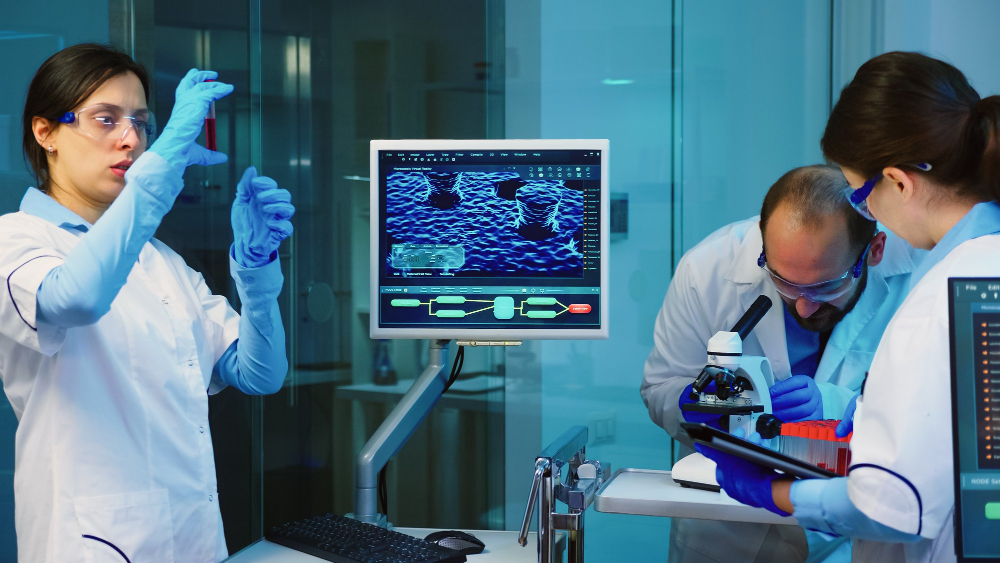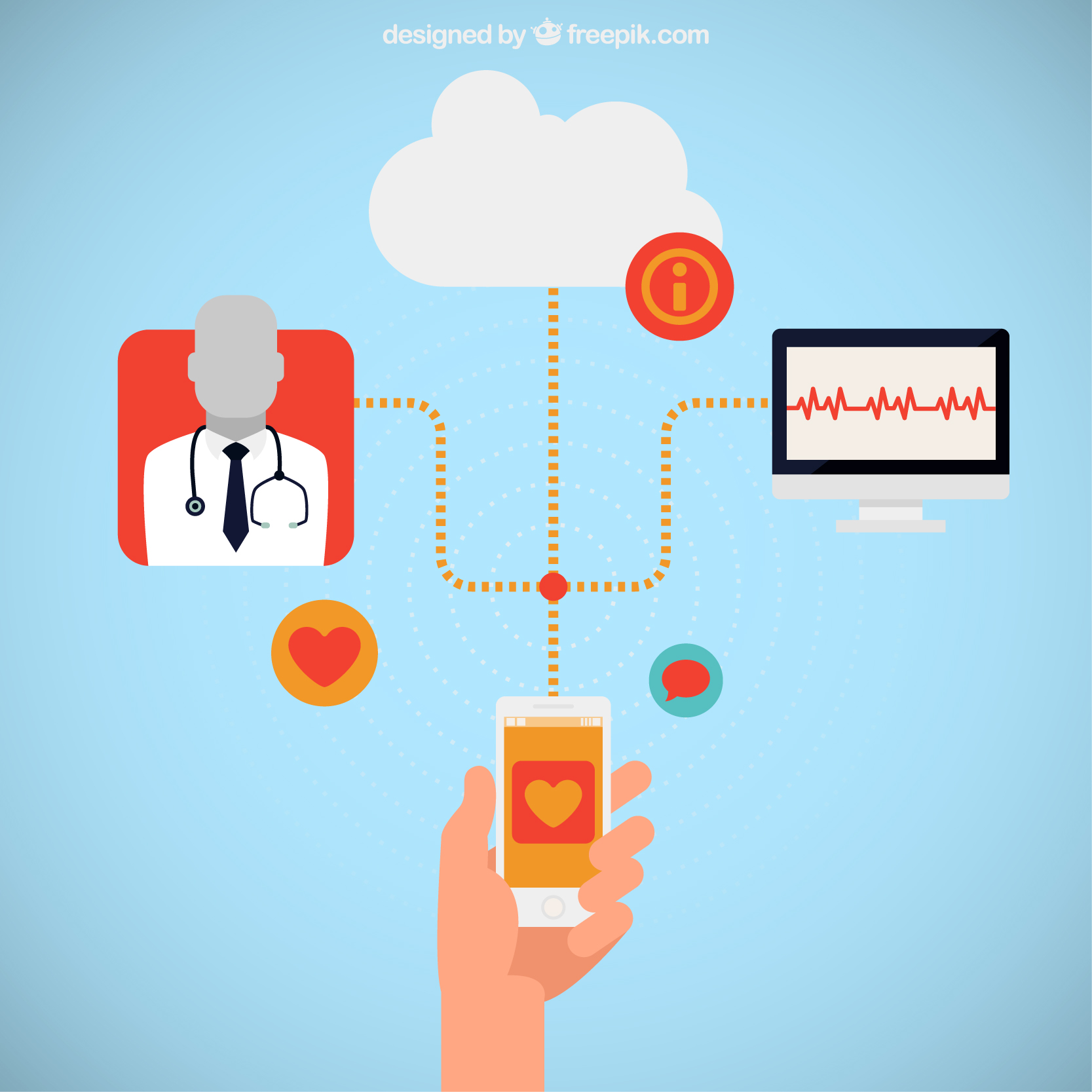HL7 vs. FHIR: Which Standard is Better for Healthcare Interoperability?

Strong 8k brings an ultra-HD IPTV experience to your living room and your pocket.
Healthcare interoperability is a cornerstone of modern healthcare systems, enabling seamless communication and data exchange between diverse health information technologies. Among the various standards developed to achieve this, HL7 (Health Level Seven International) and FHIR (Fast Healthcare Interoperability Resources) stand out. Both play crucial roles in facilitating interoperability, but each has its unique features, benefits, and challenges. This blog delves into a comparative analysis of HL7 and FHIR to determine which standard is better suited for healthcare interoperability.
Understanding HL7
HL7 is a set of international standards for the exchange, integration, sharing, and retrieval of electronic health information. It was established in 1987 and has since become a foundational standard in healthcare IT. HL7 encompasses several versions and specifications, with HL7 v2 being the most widely implemented.
Key Features of HL7:
Wide Adoption: HL7 v2 is extensively used across healthcare institutions worldwide, making it a well-established standard.
Flexibility: HL7 v2 messages are highly customizable, allowing healthcare organizations to tailor them to specific needs.
Legacy System Integration: Many older systems are built on HL7 standards, making it essential for maintaining compatibility with legacy systems.
Limitations of HL7:
Complexity: HL7 v2 messages can be complex and challenging to implement due to their extensive customization options.
Lack of Consistency: The flexibility of HL7 v2 can lead to inconsistencies in implementation, hindering true interoperability.
Dated Technology: HL7 v2 is based on older technology, which can be less efficient compared to more modern standards.
Introduction to FHIR
FHIR is a newer standard developed by HL7 International, designed to address some of the limitations of previous HL7 standards. Introduced in 2014, FHIR leverages modern web technologies to facilitate easier and more efficient data exchange.
Key Features of FHIR:
Modern Technology: FHIR uses contemporary web standards like RESTful APIs, JSON, and XML, making it more accessible to developers.
Interoperability: FHIR aims to promote true interoperability by providing a consistent framework for data exchange.
Resource-Based Approach: FHIR breaks down healthcare data into discrete "resources" that can be managed and exchanged independently.
Ease of Implementation: FHIR's use of web technologies simplifies the development process, enabling quicker integration and deployment.
Limitations of FHIR:
Immature Standard: As a relatively new standard, FHIR is still evolving, and not all aspects are fully mature or widely adopted.
Transition Challenges: Healthcare organizations with legacy systems based on HL7 v2 may face challenges transitioning to FHIR.
Scalability Issues: Some have raised concerns about FHIR's scalability in handling large volumes of healthcare data.
Comparative Analysis: HL7 vs. FHIR
Ease of Use and Implementation:
HL7: While HL7 v2 is powerful and flexible, its complexity can pose significant challenges during implementation. The customization required can lead to variations that affect interoperability.
FHIR: FHIR’s use of modern web standards simplifies the implementation process. Developers familiar with web technologies find FHIR easier to work with, leading to faster and more consistent deployments.
Interoperability and Data Exchange:
HL7: The flexibility of HL7 v2 can result in inconsistent implementations, making true interoperability difficult to achieve. However, its widespread use means it is well-supported and understood.
FHIR: FHIR’s design inherently promotes interoperability by using standardized resources and web technologies. Its consistent framework is designed to minimize variations and enhance data exchange.
Technology and Modernization:
HL7: Based on older technologies, HL7 v2 can be less efficient and harder to integrate with modern systems. Its complexity and age can be barriers to modernization.
FHIR: FHIR’s use of RESTful APIs, JSON, and XML aligns with modern software development practices, making it more suitable for integration with contemporary healthcare applications.
Adoption and Ecosystem:
HL7: HL7 v2’s long history means it is deeply entrenched in many healthcare systems, particularly in older legacy systems. This widespread adoption ensures continued support but can also make modernization challenging.
FHIR: While still growing, FHIR is gaining traction rapidly, particularly among new healthcare IT projects. Its alignment with modern technology trends bodes well for future adoption and ecosystem development.
Flexibility and Customization:
HL7: HL7 v2’s customization options provide significant flexibility, allowing organizations to tailor messages to specific needs. However, this flexibility can lead to inconsistent implementations.
FHIR: FHIR’s resource-based approach offers flexibility while maintaining consistency. Its modular design allows for customization without compromising interoperability.
Which Standard is Better for Healthcare Interoperability?
The answer to which standard is better for healthcare interoperability depends on the specific needs and circumstances of the healthcare organization.
HL7 remains a robust choice for organizations deeply integrated with legacy systems. Its widespread adoption and extensive support make it a reliable, if complex, option for maintaining interoperability in traditional settings.
FHIR, on the other hand, represents the future of healthcare interoperability. Its modern technology stack, ease of implementation, and focus on true interoperability make it an ideal choice for new projects and organizations looking to modernize their IT infrastructure.
Conclusion
HL7 and FHIR both play critical roles in the landscape of healthcare interoperability. While HL7 v2 offers a well-established, flexible, and widely adopted standard, FHIR introduces a modern, efficient, and more interoperable approach. The choice between HL7 and FHIR should be guided by the specific needs, existing infrastructure, and long-term goals of the healthcare organization. As the healthcare industry continues to evolve, FHIR's advantages in promoting true interoperability and leveraging modern technologies make it a compelling choice for the future, while HL7’s legacy strength ensures it remains relevant for existing systems.
Ultimately, the best approach may involve leveraging both standards where appropriate, ensuring a smooth transition and maximizing the benefits of interoperability in healthcare.
Note: IndiBlogHub features both user-submitted and editorial content. We do not verify third-party contributions. Read our Disclaimer and Privacy Policyfor details.





